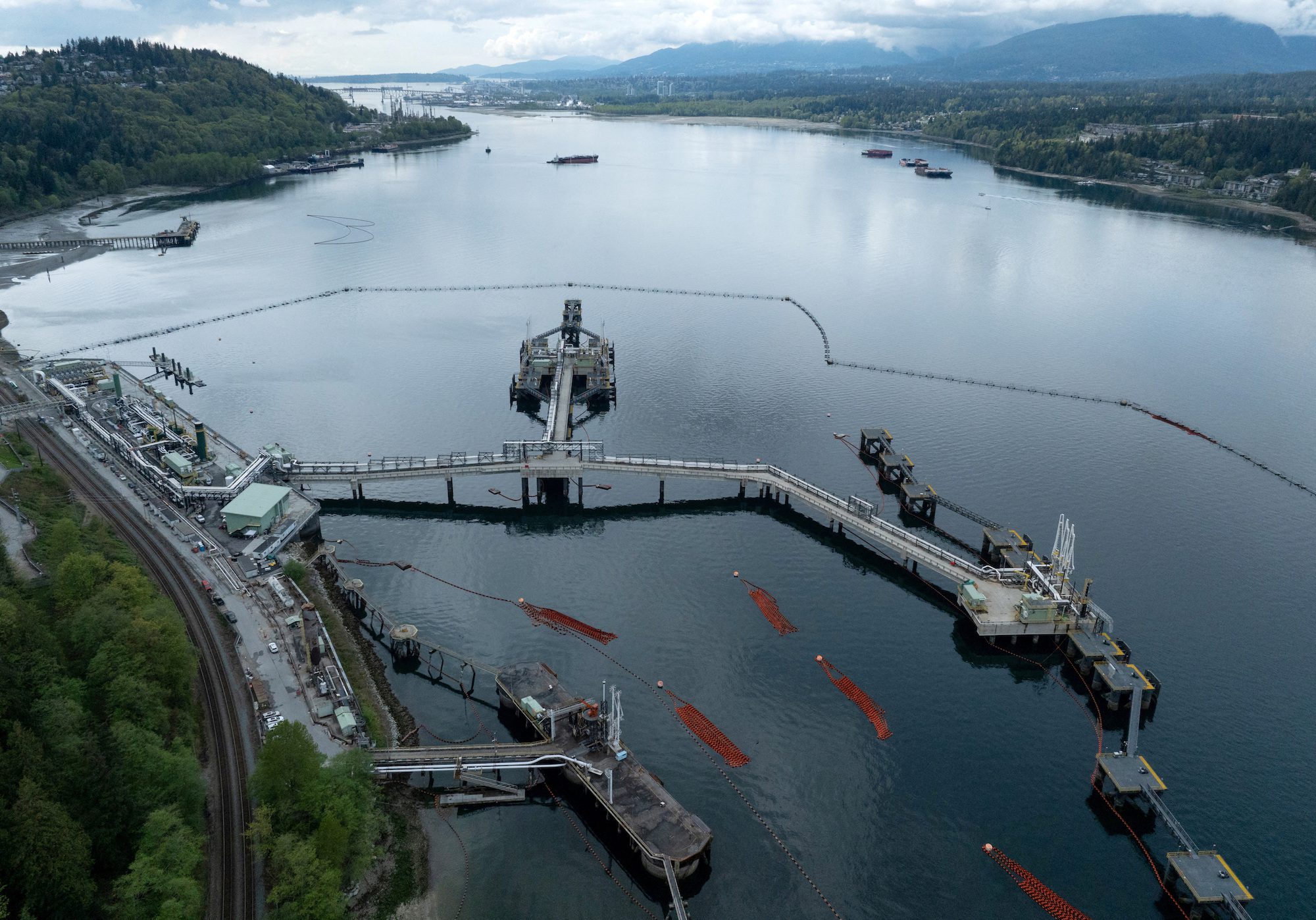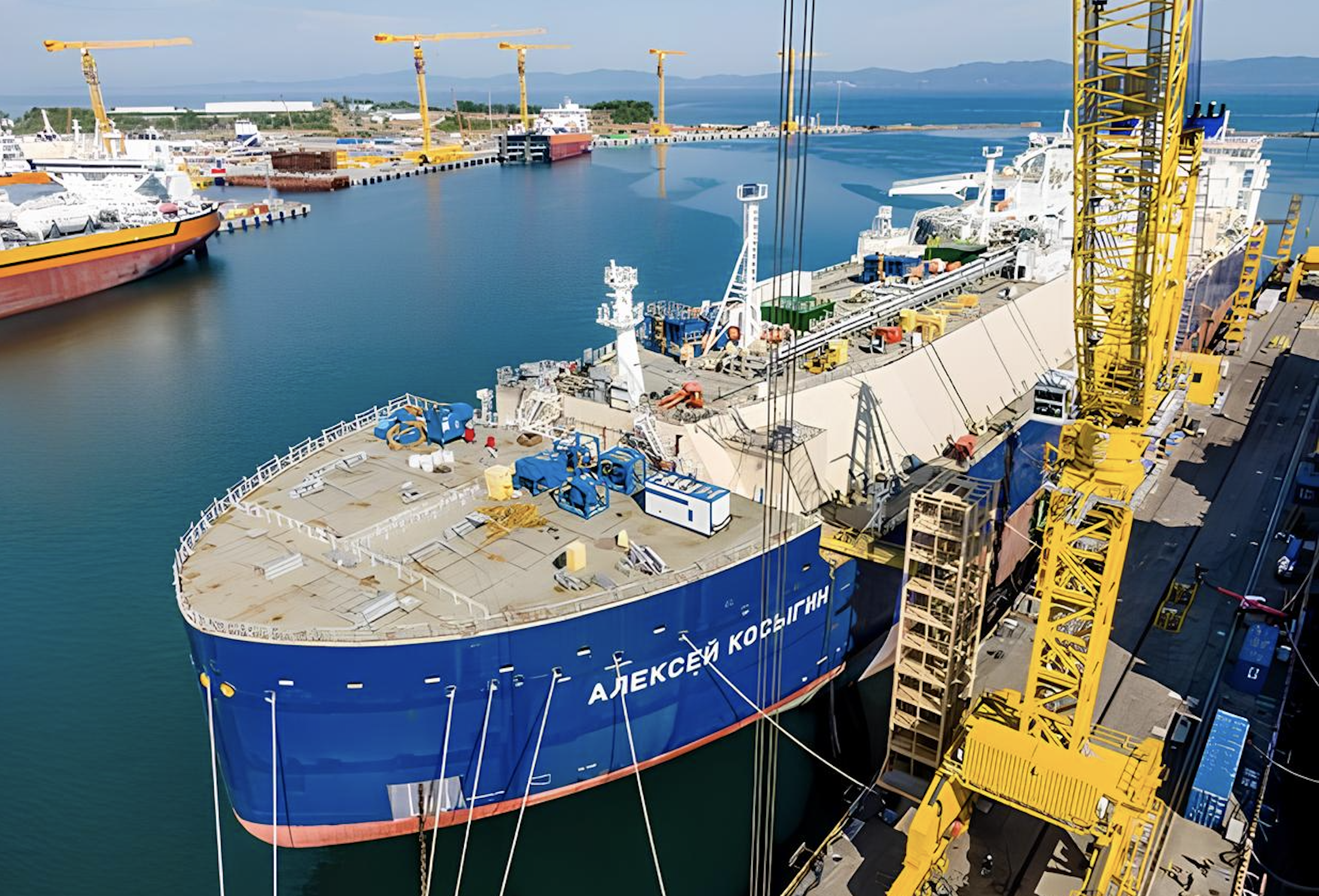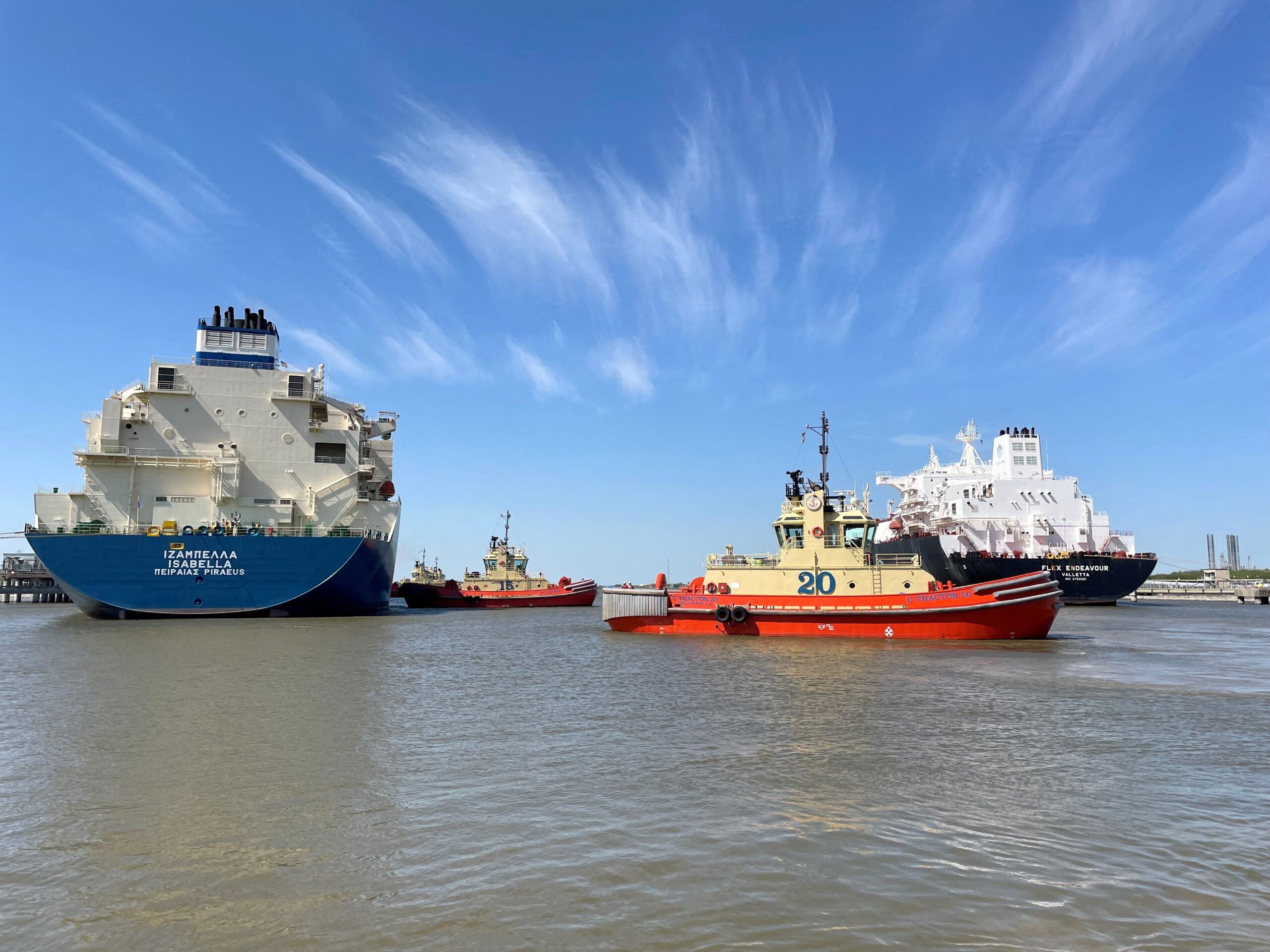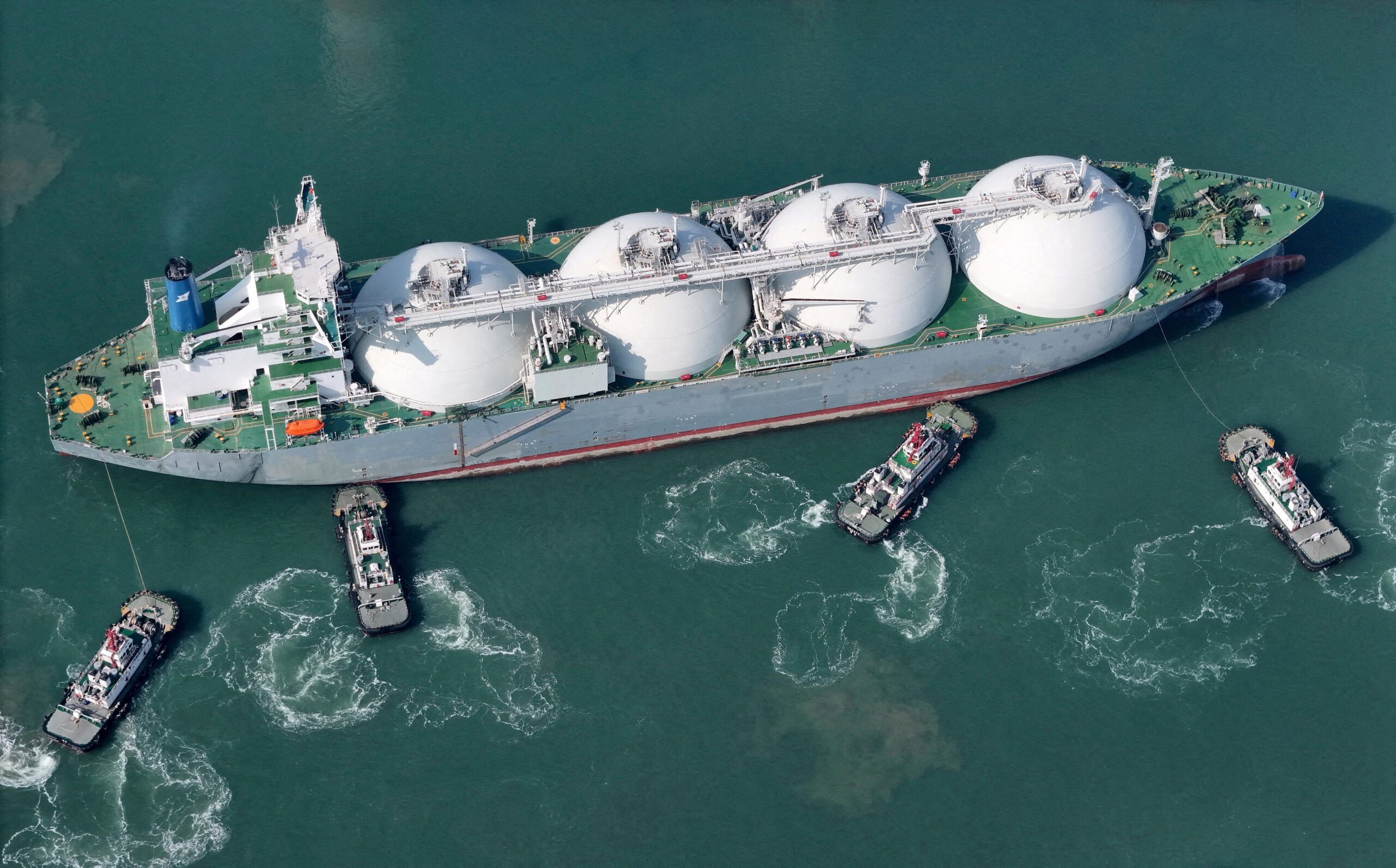By Thomas Seal
Apr 4, 2025 (Bloomberg) –Canada’s government supports doubling the scale of an already-huge natural gas project on the west coast and now sees it as “likely,” according to its resources minister, as the country pushes to diversify exports away from a hostile US.
The LNG Canada consortium, which includes Shell Plc and Petronas, is expected to send its first shipments of liquefied natural gas within months. Then the group will have to make a final investment decision on whether to proceed with a second phase.
“Yes, we would like to see a positive FID from LNG Canada 2,” Jonathan Wilkinson, the natural resources and energy minister, said in an interview.
LNG Canada represents tens of billions of dollars in investment in investment and is one of the largest private sector projects in Canadian history. Phase 2 would double its capacity to 28 million metric tons per year. It’s important in Canada’s efforts to diversify trade, but it’s also important to fit it within the government’s “climate architecture,” Wilkinson said.
In one of his first speeches after becoming prime minister in March, Mark Carney said LNG Canada is a “project of national significance.” That shows a “commitment” to try to get a positive decision on the second phase, Wilkinson said in an interview at his North Vancouver office.
LNG Canada Vice President Teresa Waddington said the company and its five joint-venture investors continue to explore pathways to a phase 2 expansion, and that the decision will factor in competitiveness, affordability, speed, future greenhouse gas emissions, and stakeholder needs. It would mean more revenue for governments and help countries with energy transition goals, she said.
“As world events continue to demonstrate, a reliable supply of responsibly produced energy should never be taken for granted,” Waddington said by email. “We’re proud to be part of the effort to deliver that energy while helping Canada diversify its export markets. LNG Canada’s proposed Phase 2 expansion would further support those objectives.”
The minister outlined a series of west coast projects that he said would – if all were built – make Canada the fifth biggest LNG exporter in the world, allowing it to find buyers for 50% of the gas it currently sends exclusively to the US. They included LNG Canada, as well as Cedar LNG and Woodfibre LNG.
President Donald Trump’s barrage of tariffs on Canada and threat to use “economic force” to make it a 51st US state have sparked profound political upheaval and prompted the country to seek new partners and markets. It’s a dominant subject in a national election scheduled for April 28.
Canada doesn’t want to escalate the tariff dispute, Wilkinson said. It’s trying to respond tactically, or even mirror US import taxes when it can, as it did with auto tariffs. But it has further retaliatory measures it can explore if necessary.
“Everything is on the table, all the way down to looking at some of the kinds of things like critical minerals that they use, and those could potentially be points of leverage both ways — to hurt them as they’ve hurt us, or potentially to leverage them into a more reasonable approach,” Wilkinson said.
“There certainly are opportunities to think about some of the things that they use in large quantities that they need.” Asked if nickel was an example, he agreed.
Trans Mountain Boost
Canada’s trade war with the US has triggered a fresh conversation about finding new buyers for the country’s vast natural resources, including its oil, almost all of which goes to the US, where it sells at a substantial discount to global crude prices, as well as strategically reducing its exposure to US infrastructure.
Read Also: Trans Mountain Pipeline Expansion Fuels Export Boom at Port of Vancouver
There’s a debate about shipping that oil from the western province of Alberta to Canada’s east coast. Such a pipeline is “on the table,” but a “very challenging route,” Wilkinson said, citing companies he’s spoken with, because it would take a long time and cost C$40 billion to C$50 billion, probably require significant federal government financial support, and eastern refineries aren’t currently set up for it.
An easier first step in increasing Canada’s oil-export capacity would be to upgrade the Trans Mountain pipeline that runs from Alberta to the British Columbia coast, Wilkinson said. Modifications would help the pipeline carry an additional 200,000 to 300,000 barrels a day. Trans Mountain Corp., which is owned by the government, is looking at that, Wilkinson said.
Canada is assessing other options to reduce its reliance on a section of pipeline that goes through the US Midwest before reentering Canada through Ontario. That may include bringing more oil in from Newfoundland to ports in Atlantic Canada and Montreal, or moving some through existing infrastructure from Quebec into Ontario, he said.
Questions remain about the Liberal Party’s approach to hydrocarbon projects in light of policies implemented under previous Prime Minister Justin Trudeau, whose government tightened environmental rules to mitigate climate change.
Beyond energy, Canada needs “to brace ourselves for some impacts” from US softwood lumber tariffs from the White House, Wilkinson said. Canada can try to sell more to Asian markets and use more wood internally, he said, citing a Carney campaign commitment to use mass timber in modular homes.
But the US is “never going to be able to produce enough lumber to be able to meet the housing demand” domestically, he added.
© 2025 Bloomberg L.P.

 Join The Club
Join The Club











